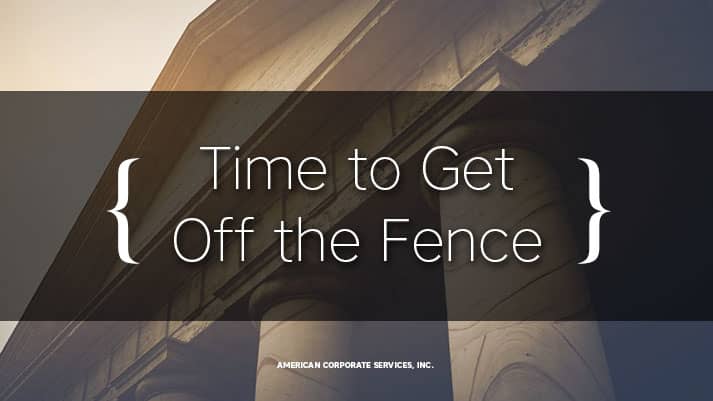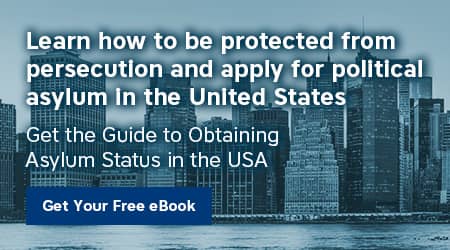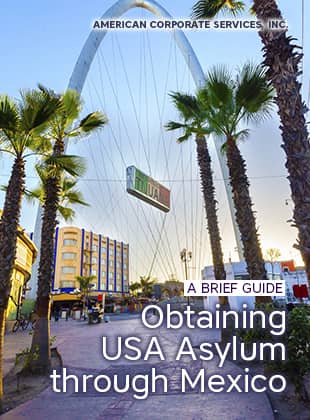Time to Get Off the Fence
Sitting on the fence is to delay or avoid making a decision, not to commit oneself, undecided about something, to remain neutral when a choice is required.
On January 13, the Federal Register published a Notice of Proposed Rule-making titled EB-5 Investor Program Modernization (DHS Docket No. USCIS 2016-0006). This notice explains the reasoning for any/all proposed EB-5 regulations on investment amounts, targeted employment areas, dates, and other changes.
Here is a brief summary of proposed changes:
- In 1990, Congress set the minimum investment amount for the program at $1 million and authorized the Attorney General (now the Secretary of Homeland Security) to increase the minimum investment amount, in consultation with the Secretaries of State and Labor. After consulting with the Departments of State and Labor, DHS proposes to account for inflation by increasing the minimum investment amount consistent with increases in the CPI-U during the intervening period, for a new minimum investment amount of $1.8 million.
- In 1991, DHS set a different amount for investments made in TEAs (rural areas and areas of high unemployment), at 50 percent of the minimum investment amount, or $500,000. DHS is proposing to set the minimum amount for investments in TEAs at 75 percent of the standard amount, or $1.35 million. DHS also proposes to adjust this amount every five years consistent with other parts of this proposed rule.
- DHS proposes to eliminate state designation of high unemployment areas. This change would help ensure consistency across TEA designations. DHS would itself determine which areas qualify as TEAs. They are also proposing to redefine a “rural area” to include property within the outer boundaries of any city or town having a population of 20,000 or more.
With critical changes looming, and the April 28th deadline rapidly approaching, now may be the best time for EB-5 investment. January and February are typically slower months for the program, but speculation is that this year will be different, as many will want to “get off the fence” and invest in the current $500,000 level. What will you do?










